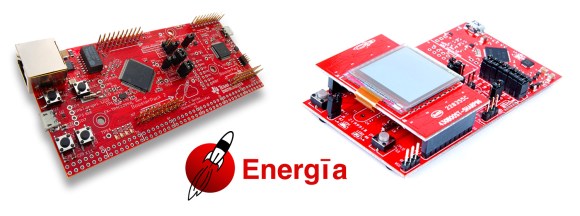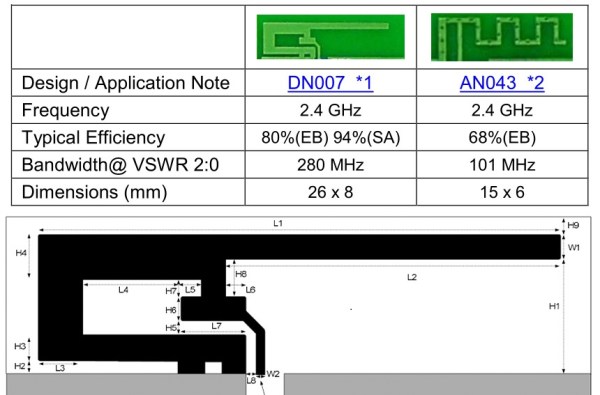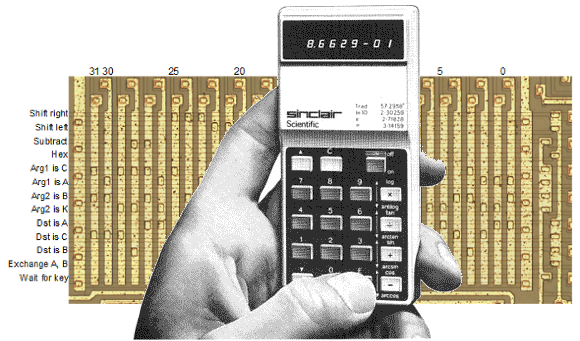 There is something to be said about how easy it is to write Arduino code. For those of who you are big fans of the MSP430 and Texas Instrument’s LaunchPad series, an upcoming release of Energia brings Arduino style coding to the two newest member of the LaunchPad family: the TivaC Connected LaunchPad EK-TM4C1294XL and Wolverine FRAM LaunchPad MSP-EXP430FR5969LP.
There is something to be said about how easy it is to write Arduino code. For those of who you are big fans of the MSP430 and Texas Instrument’s LaunchPad series, an upcoming release of Energia brings Arduino style coding to the two newest member of the LaunchPad family: the TivaC Connected LaunchPad EK-TM4C1294XL and Wolverine FRAM LaunchPad MSP-EXP430FR5969LP.
“Energia is an open-source electronics prototyping platform … with the goal to bring the Wiring and Arduino framework to the Texas Instruments MSP430 based LaunchPad.” The newest release of Energia is exciting for the sole reason that the new TivaC Connected LaunchPad and Wolverine FRAM LaunchPad are supported. The TivaC Connected LaunchPad is a $20 development board for TI’s low-power ARM processors that has Ethernet connectivity. The MSP430 at the heart of the Wolverine FRAM LaunchPad uses up to 250x less power than flash based MCUs at low speeds in addition to many other cool benefits.
Be sure to keep an eye out for the new version of Energia, it should be arriving sometime next week. Now is a better time than ever to try out the Tiva C or the MSP430 MCUs!
















